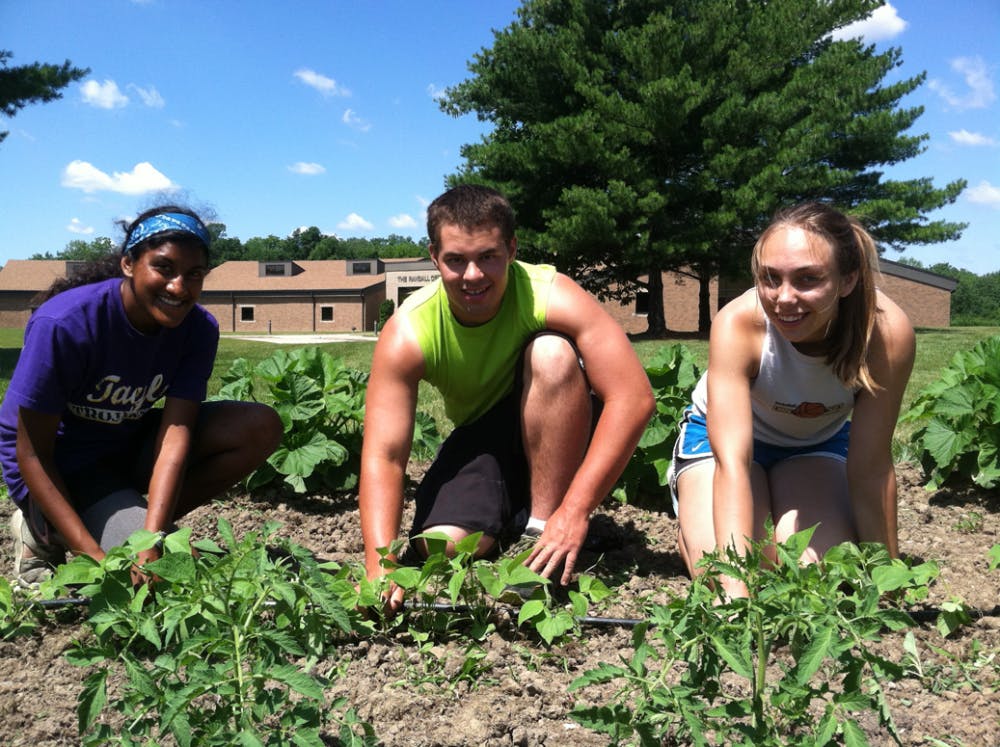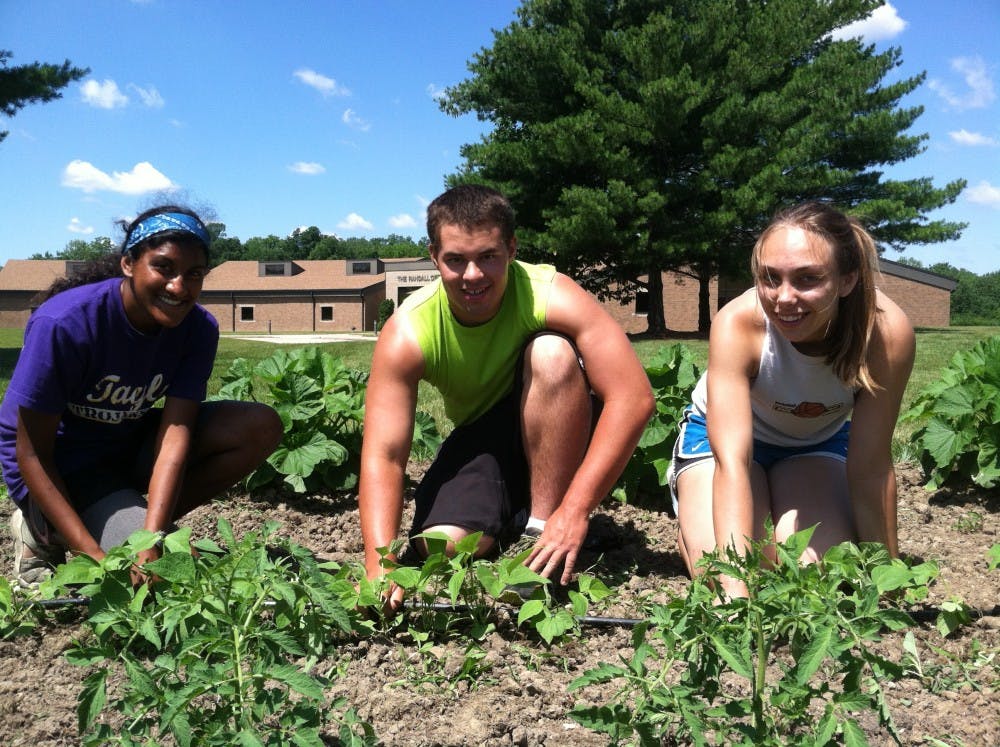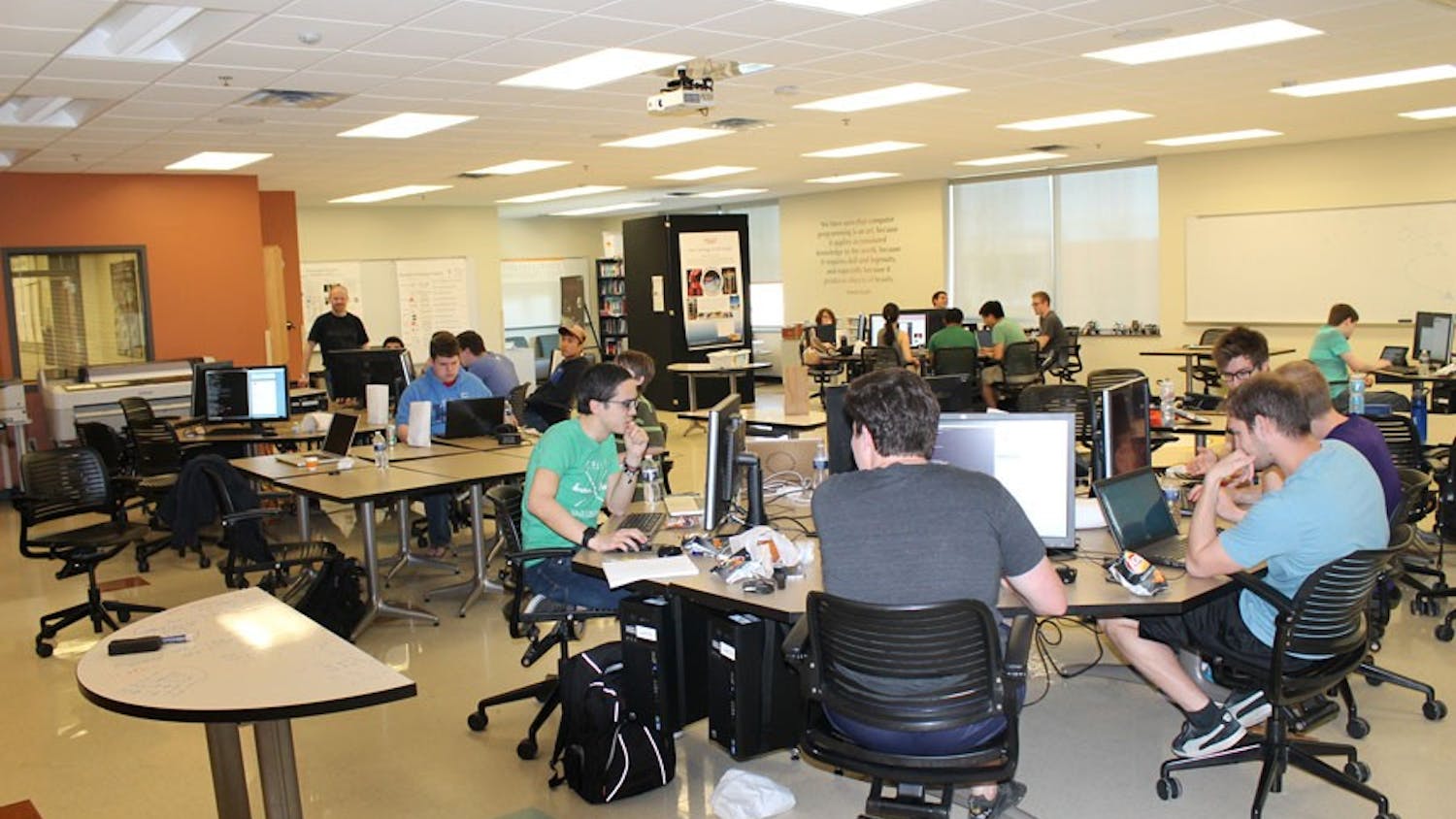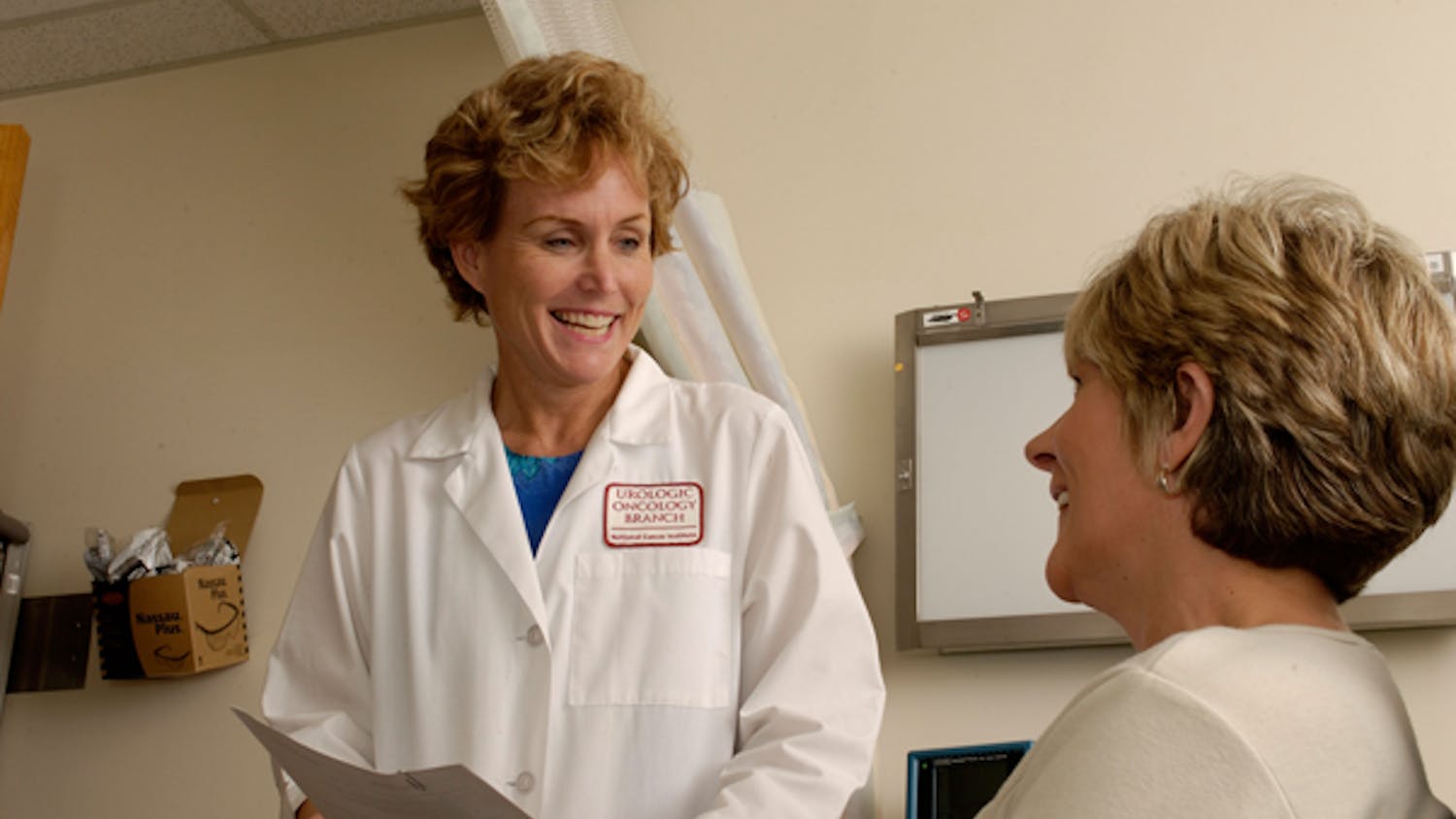Paula Weinman | Echo

Taylor University began to develop a campus garden last year right outside the Randall Science Center. The garden continued to take shape over the summer. Under the care of graduate student Armila Francis and garden interns Libby Johnson and Brian Donovan, the four plots of the Taylor community garden yielded nearly 1,400 pounds of produce, much of which was sold, shared or donated to local venues.
The team's crops included tomatoes, squash, carrots, turnips, radishes, peppers and a number of other edible plants known to grow well in Indiana. In addition to tending the garden, the interns worked with environmental science professor Rob Reber to experiment with different fertilizers. The garden itself was considered a success-both in produce grown and as fodder for academic study.
"The idea had been to take a piece of a soil that has never been developed before into a garden, growing produce that would typically be grown here-and things that people could eat," Reber said. "The soil here was very poor, very poor. Anywhere in this area, if you're gardening, you're going to need something to enhance the soil."
With that in mind, Reber and the garden team designed a plot perfectly suited for testing different kinds of natural fertilizer. According to Reber, the team didn't have to change the plot very much to fit the experiment's needs.
"There's a lot of experimental design inherent in this project," Reber said.
Francis, who oversees the interns, agrees.
"We have four separate plots," Francis said. "And all of them were planted the exact same way with the exact same crops. Each plot is separated from the others by grass, so it works well."
The only variable in the experiment, Francis explained, was the type of fertilizer (or lack of fertilizer) used on each plot. One plot was unfertilized, the second was fertilized with urea, the third with manure and the fourth with urea and horse manure.
Although the garden's yield is impressive (Francis says she is still harvesting tomatoes and squash from the garden), both Reber and Francis admit it's difficult to determine which plot has been the most successful.
"We're still working on conclusions," Reber said. "Things like soil (development), organic matter and water-holding capacity-those results will come over time."
For now, the garden continues to produce vegetables, including heirloom varieties of tomatoes and squash, as well as turnips, carrots and radishes. Reber also teaches a soil class in the spring, in which he says he might use the garden as an example. For now, he's very impressed with the garden-and its hardworking team.
"The work involved with the garden is pretty substantial," he said. "What you have to do is find someone as dedicated as Armila to do it."Next year, Reber hopes to continue the fertilizer experiment, most likely using the same four fertilizers. The garden will continue to be used throughout the year.





